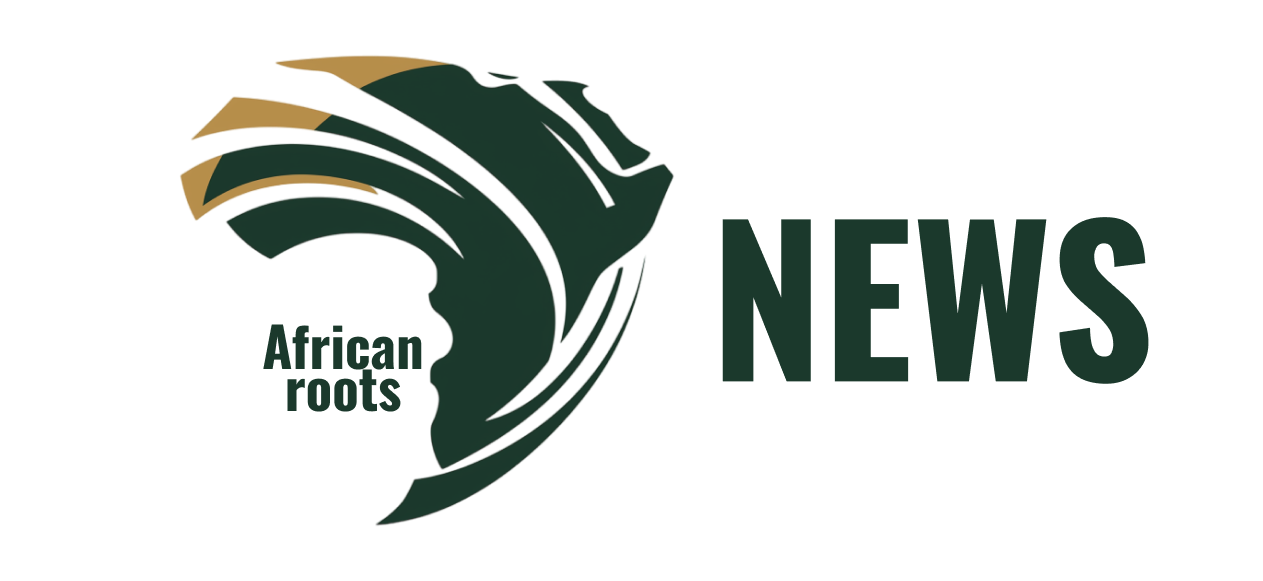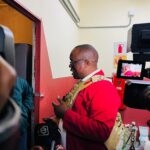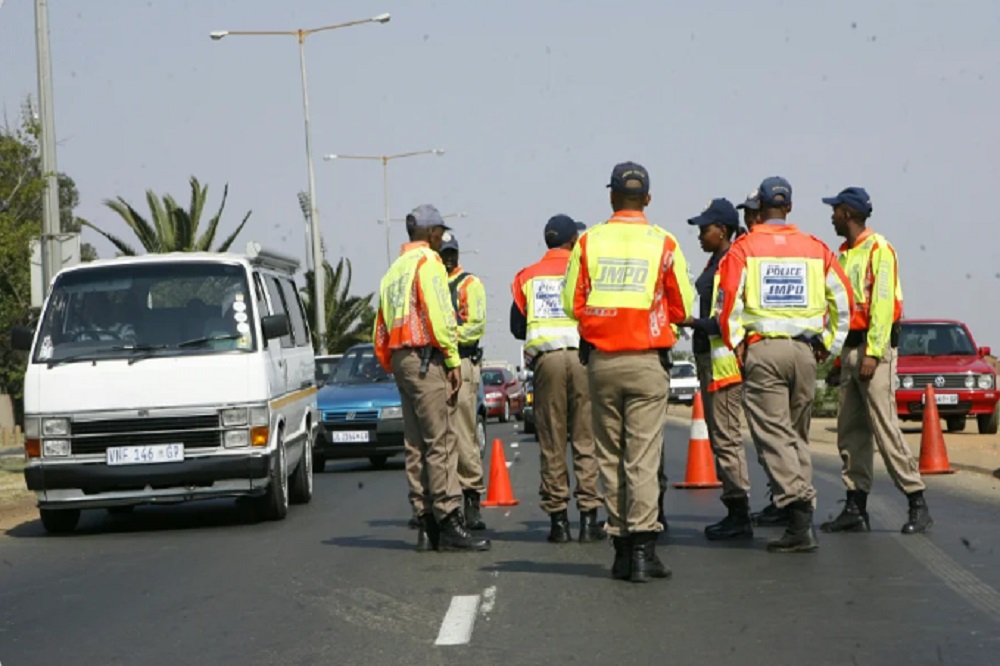-
A worker shows the mouth of a cow
Small-scale farmers from the Nkombose area in Mtubatuba on the KwaZulu-Natal north coast are appealing to the government to dispatch extension officers to areas impacted by foot and mouth disease.
This week, Minister of Agriculture John Steenhuisen announced the extension of the boundaries of the disease management areas. Cases have been reported in several districts including uMkhanyakude, Zululand and Amajuba.
KwaZulu-Natal has been particularly affected by repeated outbreaks that began in 2021. Provincial government has confirmed cases in areas like Mtubatuba, Vryheid and Newcastle and in some private game reserves. They say buffalos remain the main carriers of the disease.
Earlier this month, farmers in the province were strongly advised to apply for a permit from a State Veterinarian, to transport livestock between the affected areas.
Over 2 000 dip tanks are being refurbished and erected. Celimpilo Mtshali – a farmer in Mtubatuba in the Umkhanyakude district – says the disease has significantly impacted his business as he is unable to sell his cattle outside the district.
“The problem that we are experiencing about this foot and mouth disease is that our businesses are dropping down almost every day we are not getting what we used to get, we use this business to feed our families, to send our children but now we are facing g difficulties because we are failing to do other things, we want government to build us a dip tank.”
Mtshali has called on government to impose stricter by-laws on neighbouring countries importing animals, which he believes is exacerbating the spread of the disease.
“Neighbouring countries like Mozambique and eSwatini are importing livestock like cattle, goats, and sheep, the movement of these animals is not controlled. We used to have quarantine areas where livestock from these countries would be monitored and checked if there it is not infected. That is no longer happening, we believe that is also spreading disease in the province. We are calling on the government to control the movement of animals.”
The map shows the boundaries of the March 2025 DMA.
INFOGRAPHIC: Foot and Mouth disease spreads in KwaZulu-Natal. pic.twitter.com/Otao17KQmq
— SABC News (@SABCNews) March 19, 2025
Traditional leader Fanosi Mkhwanazi says the closest dip tank to him is over 10 kilometers away. He says farmers are forced to purchase their own chemicals to treat livestock.
“One of our main concerns is that it’s difficult to access the services of the extension officers. All along we didn’t have a deep tank, they only started the process of building a deep tank last week. We are calling on government to dispatch advisers who will be able to detect disease at an early stage and be able to control the Spread. We want government to bring services closer to us. Now the closest dip tank is over 10 kilometres away, so we are forced to buy chemicals for our livestock, and they are expensive.”
KwaZulu-Natal Agriculture and Rural Development MEC, Thembeni KaMadlopha Mthethwa responds to these concerns.
“I was not aware that the community of Nkombose does not have a dip tank, as Nkombose is part of the affected areas, I will first check with the district director, Mr Ngcobo. Thereafter, I will make sure that within a few months there is a dip tank there so that we curb the spread of the Foot and Mouth. I will provide them with the dip tank.)
Provincial government says the outbreaks have significant implications for the livestock industry and the broader economy of KwaZulu-Natal. It has already led to export restrictions.










